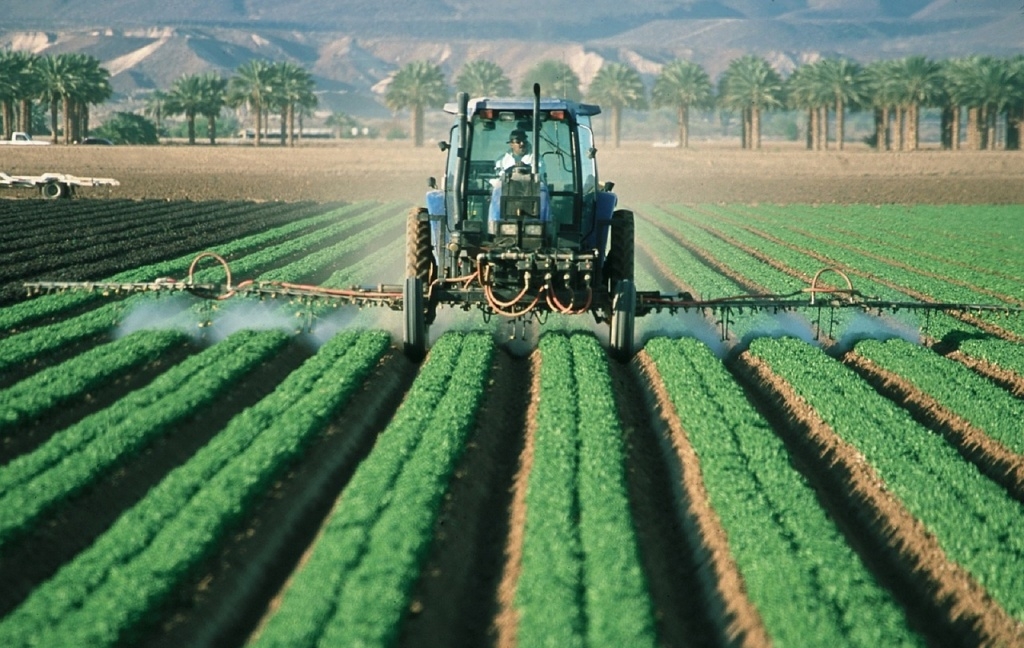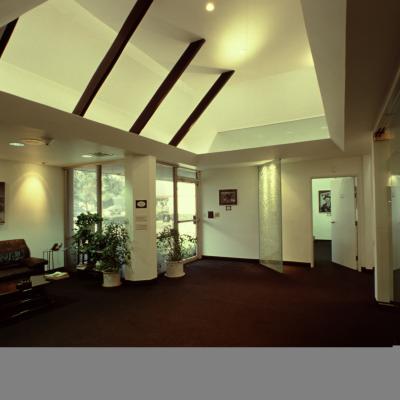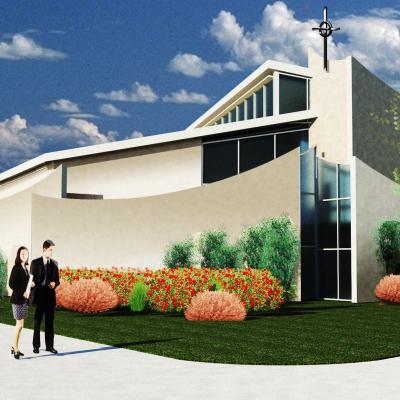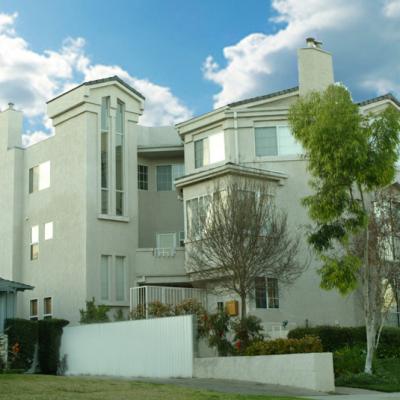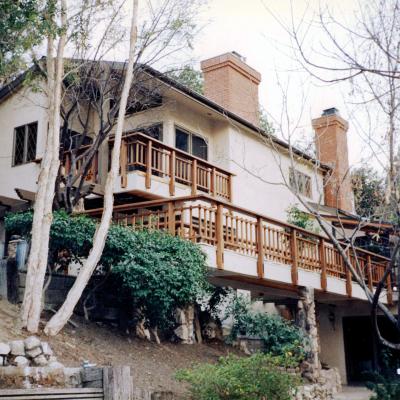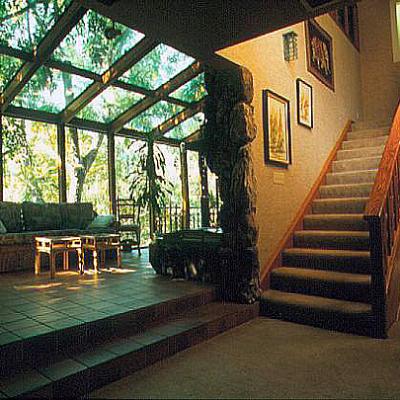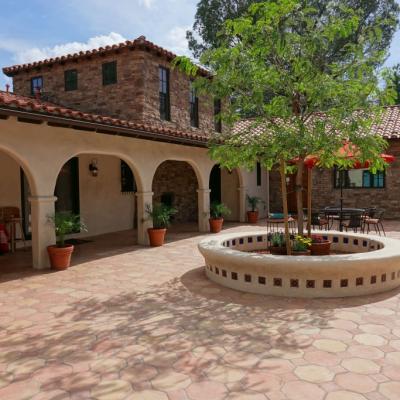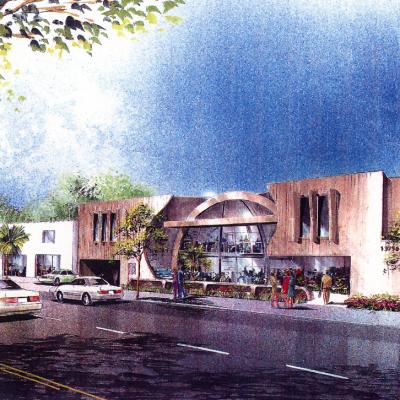Governor Jerry Brown has once again tightened the water restrictions in California because of our serious drought. As I watched the MSNBC documentary "Just Eat It" on food waste in the USA and then saw the Los Angeles Times article “Lake Mead water level falls to a landmark low, and is likely to get worse”. I began to put the food waste and water issue together and came up with a simpler solution to the Drought and the way we use water.
When I look at water use on crops, crop waste, and the perception of the way our fruits and vegetables look on the market shelves, market merchandising for the sale of their fruits and vegetables I can see a simple, very simple solution, that accomplishes a great savings in the use of water! It saves money for the consumer. It saves and makes money for the farmer. It would reduce the need to fallow crops for more could be sold on a smaller foot print at a greater profit More food would be available. So, what is it I see?
“Just Eat It” noted the amount of waste in the fields and the processing plants for our fruits and vegetables. In the field and in the processing all foods need to "look their best". If they do not meet a visual criteria set by the markets they cannot be sold. 40% of the crops do not meet that criteria and are then left to rot and used as compost or are just plain thrown out based on the financial situation. 20% to 70% of the crops then are grown and then we waste the water used to grow them! Agriculture uses around 70% of all the water used in California. If you just take an average, round down, say of 30% of lost crops due to visual imperfections, not taste or nutritional value, we are wasting around 30% of our water on our crops. Farmers would save money by not having to grow as much and being able to sell even more than they do now at a greater profit. Less land would be needed. Less energy and absolutely less water would be needed. That is a lot more water than the 25% reduction California is trying to get out of all residential, commercial, and industrial use all together. We can do both if necessary. Who knows how long the drought will last? We need an insurance policy that is a cost effective plan on our reduction of the use of water just in case.
Each person’s footprint on their use of utilities dictates how major decisions are formatted and then put into action. All of these decisions are now beginning to be felt in all the new building codes to help conserve energy. Water conservation is working its way into our daily lives. As an architect we now need to consider the storage of water on site to help build up our aquifers. Irrigation and the plants we use landscaping are all changing due to the drought. The scientists now almost all agree that human actions are definitely one of the major culprits in the warming of the planet and that we might be coming to a critical point of no return.
Always, look at the big picture! See the lowest fruit on the tree to find the answers to issues before you go all out and implement guidelines addressing major issues in our society.

